Free Two Weeks Notice Letter Template for Easy Resignation
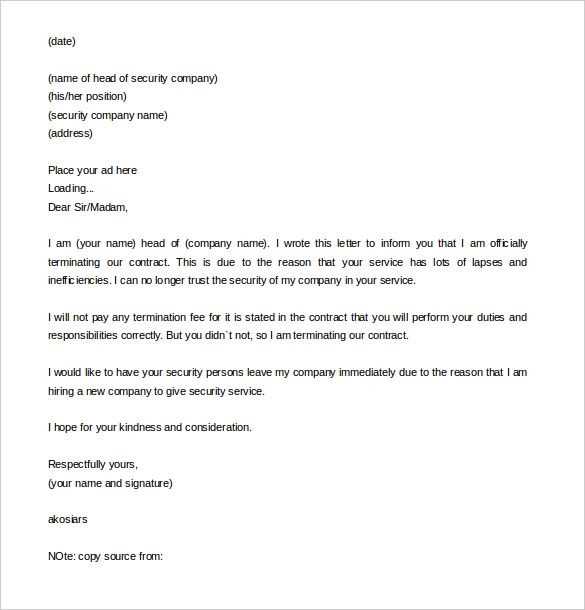
Leaving a job can be a challenging task, but it’s essential to do so in a professional manner. Crafting a clear and respectful message helps maintain positive relationships with your employer. A well-structured resignation communication ensures a smooth transition and shows your commitment to professionalism. This guide will provide you with the necessary steps to compose a concise and respectful resignation message, ensuring that your exit is as smooth as possible.
Why Properly Worded Communication Matters
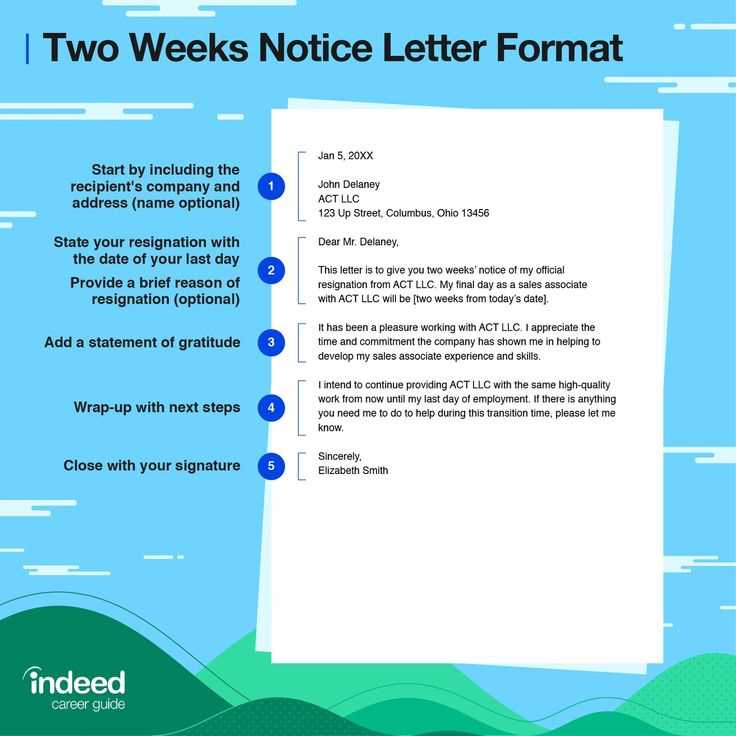
When resigning from your position, it’s important to convey your intentions clearly. A respectful and professional approach demonstrates gratitude for the opportunity and leaves the door open for future references. Proper communication ensures that your departure doesn’t burn any bridges and that the relationship remains positive.
Elements of a Professional Resignation Message
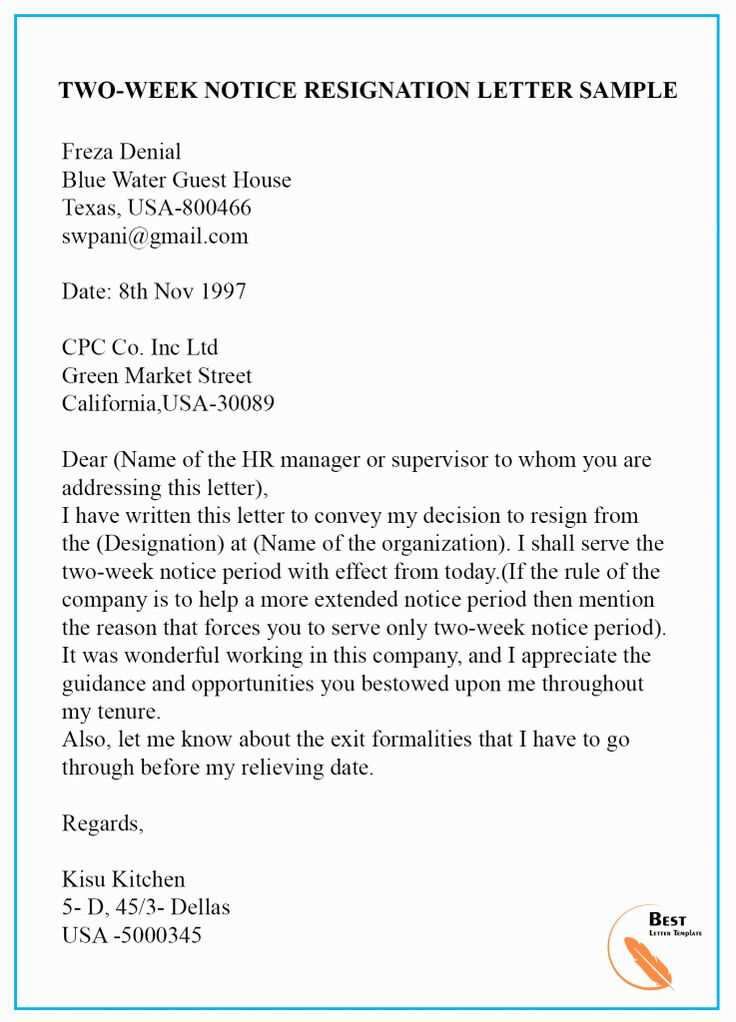
- Polite Introduction: Start by addressing the recipient respectfully, expressing appreciation for the time spent in the company.
- Clear Intent: Briefly state your intention to leave the position and mention the date of your departure.
- Gratitude: Show gratitude for the opportunities provided during your tenure.
- Transition Plan: If possible, offer to assist in the transition process or train a replacement.
- Professional Closing: End on a positive note with well wishes for the company’s future success.
How to Customize Your Resignation Communication
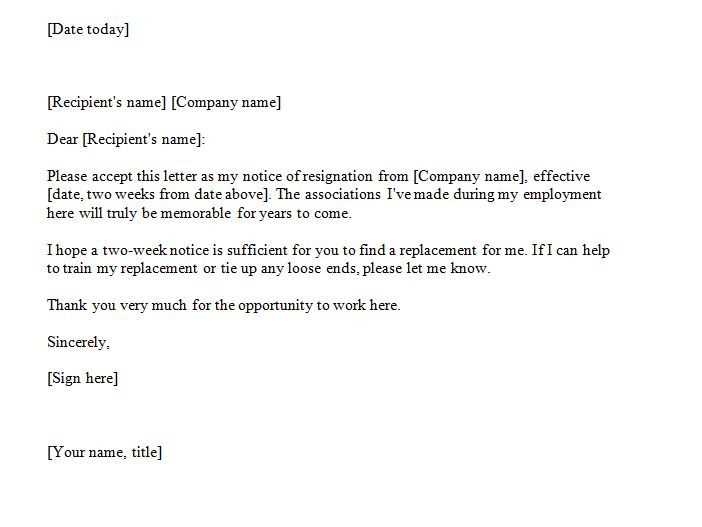
Each resignation is unique, and tailoring your message to the specific circumstances is crucial. If you’ve had a positive experience, express your thanks and mention specific instances that made your time there meaningful. However, even if your experience was not ideal, it’s best to remain polite and professional, avoiding negative comments or personal grievances.
Best Practices for a Smooth Departure
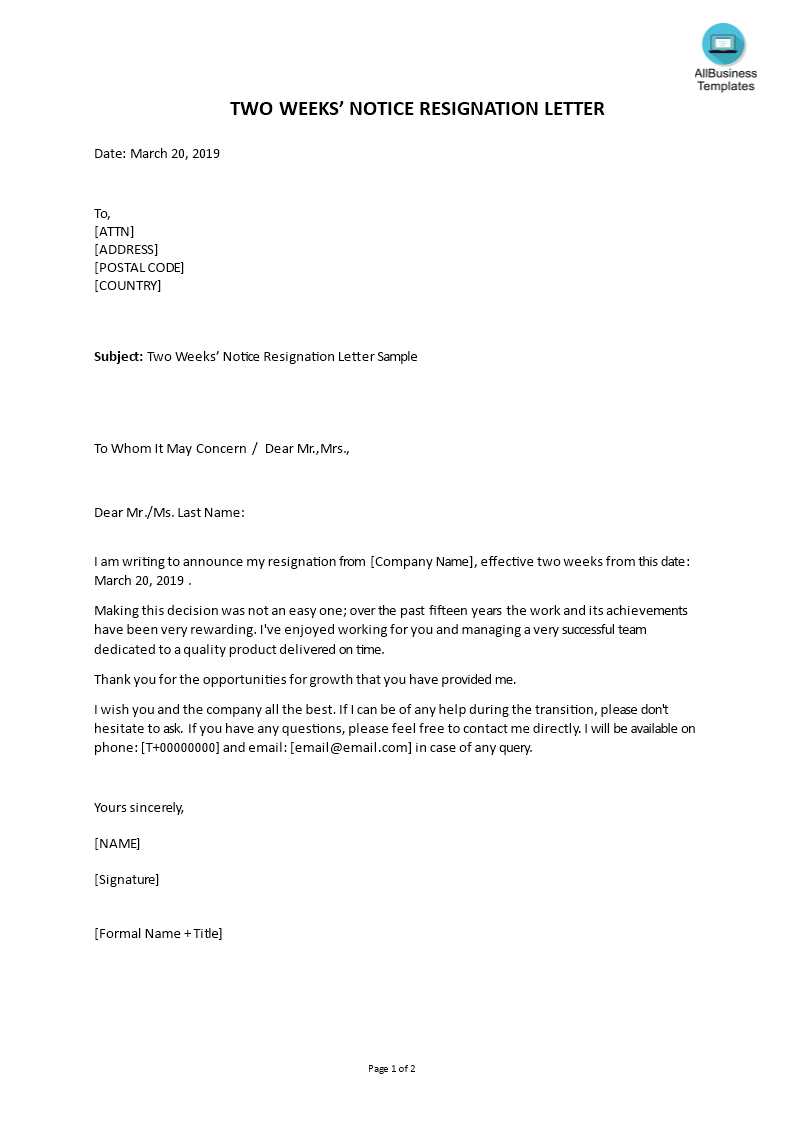
- Timing: Submit your resignation with enough time for your employer to prepare for your departure.
- Offer Assistance: Be proactive in helping with the transition process, ensuring that your duties are properly handed over.
- Keep It Short: Keep the message brief and focused on the essential points, avoiding unnecessary details.
By following these guidelines, you can resign from your job in a way that ensures you leave on good terms, preserving both your reputation and professional relationships for the future.
Understanding the Importance of Proper Resignation Communication
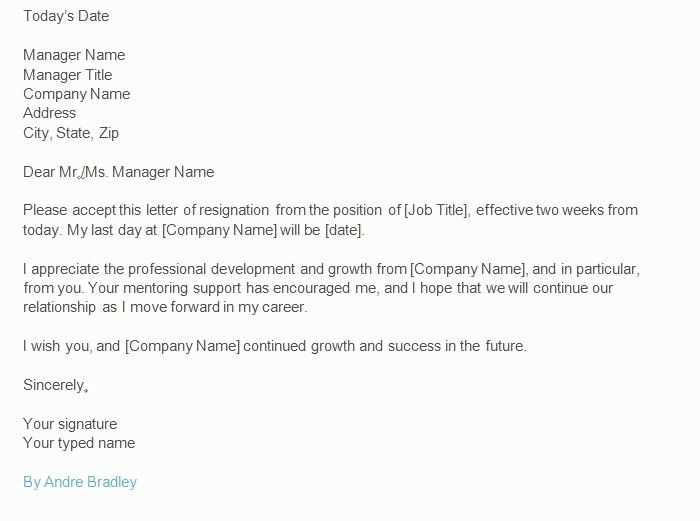
When stepping away from a job, delivering your departure message with professionalism and clarity is crucial. It reflects your respect for the organization and allows for a smooth transition. How you communicate your decision can impact your reputation and future opportunities. A well-thought-out message helps avoid misunderstandings and preserves your relationships with colleagues and supervisors.
Writing a resignation communication involves more than just stating your intention to leave. It’s essential to structure the message in a manner that expresses gratitude, provides adequate notice, and remains professional. Avoiding common errors, such as being vague or overly informal, ensures that the message is received positively and reflects your professionalism.
There are key components that should always be included to ensure the message is complete and professional. A polite tone, an appropriate timeframe for leaving, and a brief but clear explanation of your decision are essential. Ensuring these elements are present will help maintain respect between you and your employer.
Choosing the right time to submit your resignation is equally important. Giving your employer ample time to adjust to your departure is not only courteous but also demonstrates your commitment to a seamless transition. Properly using a structured communication method can assist in this process, allowing both you and the organization to plan for the future effectively.